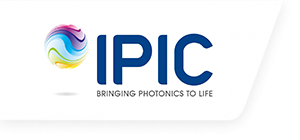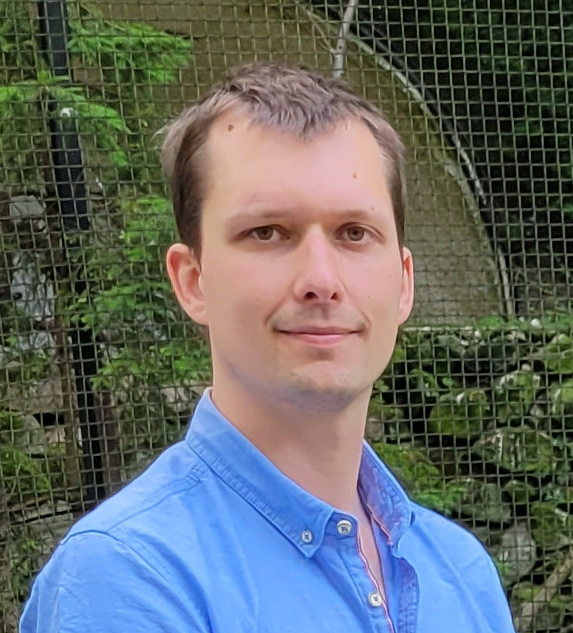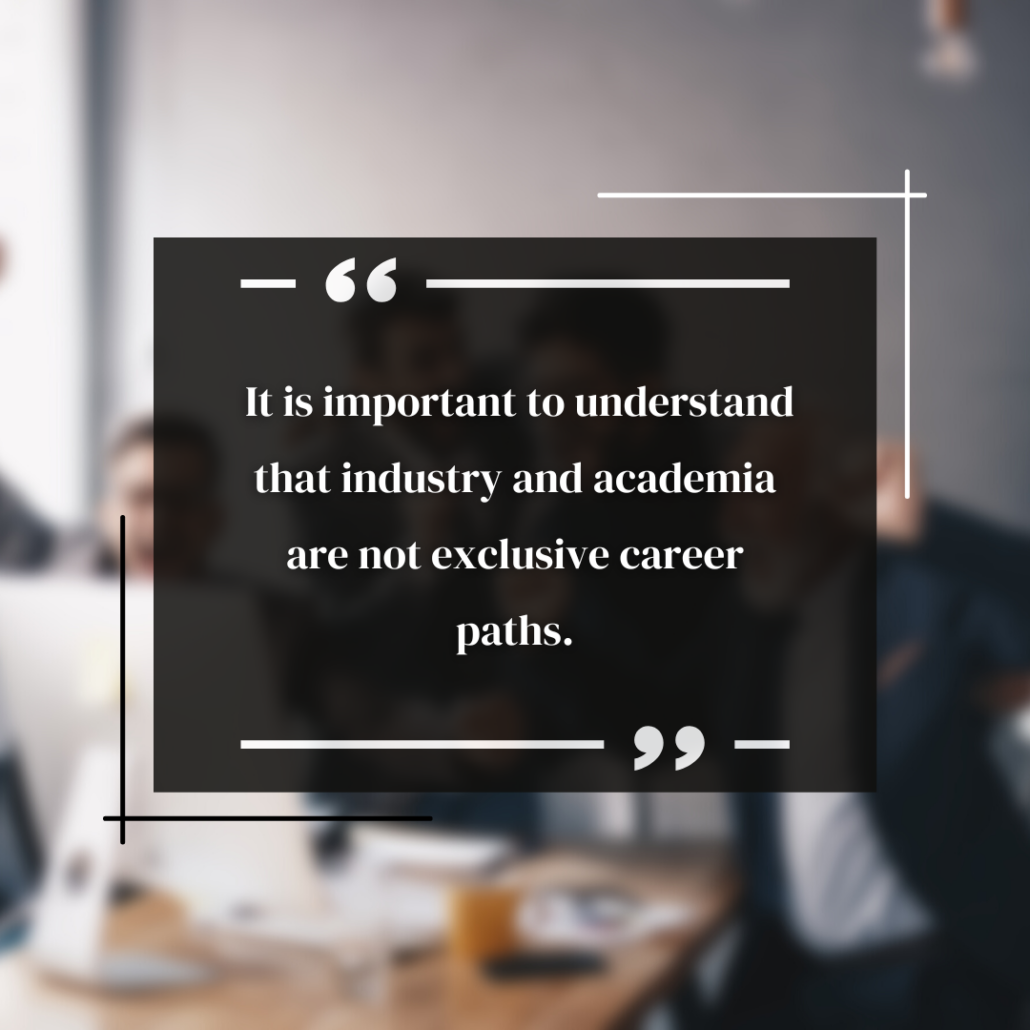My name is Mateusz Piekarek and I am a researcher at Tyndall, funded by the Sparkle fellowship. I come from Poland but prior to coming to Cork, I spent 11 years in Bristol (UK). There, I did my undergraduate degree in electrical and electronic engineering, followed by a PhD in physics.
At high school, I went through the 2-year international baccalaureate programme. Initially, before choosing my subjects, I wanted to study economics. However, part by accident, part because I changed my mind, I ended up focusing on mathematics and physics rather than humanities. At first, I picked physics at a standard level that would prevent me from studying science or engineering at a university. However, before I started the programme, I was asked to switch to a higher level. I had good grades in my previous years and the stream was undersubscribed. I agreed and soon after I decided, I wanted to study engineering at a university instead. I was always more of a technical person. However, at that point, I never expected or even considered becoming a scientist.
I have always tried to look for opportunities that allow me to work on the most advanced topics or state-of-the-art technologies. I simply want to do things that interest me and have a potential for significant impact. During my final year project, I did FPGA design, which is designing and programming hardware electronics. My entire degree I wanted to work in electronics, rather than software programming. While looking for related jobs in the industry, I started looking for a PhD as well. Eventually, I ended up speaking with my future supervisor Mark Thompson, who was a co-leader of the quantum optics and photonics group in Bristol. The project had everything I was looking for: a clear purpose, high-impact and being at the forefront of a relatively new, but exciting and growing, field of integrated quantum photonics. The group was looking for engineering graduates to push the technology aspect of their research. I ended up with two projects. One involved FPGA programming, which I could already do. The other, was in silicon-on-insulator integrated quantum photonics, which was completely new to me. Being able to do those in parallel eased the transition from engineering to scientific research.
Similarly, to how I ended up doing a PhD, my path until today has been more of a slalom, rather than a straight line. Halfway through my PhD, I decided to apply for an introduction to entrepreneurship course, organised by the UK technology startup incubator SETSquared. It was a total of 8 days over 6 months of intense workshops, trying to show PhD students and early career researchers if startups are something they want get involved with. I really enjoyed it. In many ways, tech startups are not dissimilar to academic research, with an important difference, that you work for yourself rather than others. That is what led me, straight after my PhD, to join the newly created quantum technology enterprise centre at Bristol. It was a 12-month fellowship that was part training and mentorship, and part working on setting up a startup. That led me to working on, among other things, a joint development project with a major optics manufacturer. I helped commercialise a technology that had been developed in my research group. Once the product was shipped, I decided I wanted to go back to research and development but this time, either within a company or in a research area that is closer to the industry. That is how I ended up here at Tyndall. Ever since my undergraduate degree, I wanted to experience working in a cleanroom. With the excellent facilities here, I could not miss this opportunity.
Research is easily the most exciting job a curious person can do. I have always had a huge amount of freedom to pursue what interests me the most. It is extremely varied because when doing completely new things, a lot of tools and solutions simply do not exist. We have to make new equipment, from small pieces to entire systems, and find new ways to measure our samples. It is exciting trying to create completely new technologies. The industry is excellent at developing ideas into sellable products, at scale. However, that takes a lot of time, money and effort. From a scientific standpoint, virtually anything that is new to the market is actually close to a decade old science. Sometimes, much older.
On the negative side, the biggest obstacle in science is that it is extremely undervalued. PhD is the first and last long, continuous period of work. Postdoc contracts are almost exclusively 1-3 years long at a time, making it a race from one research application to another. Once a lecturer, less and less time is spent on hands-on research, and more and more on teaching, administrative work and applying for funding. Having to move internationally many times is rewarding and interesting at first, but it certainly overstays its welcome after a while. Too many brilliant people leave academia due to a lack of stability.
There are two types of people who pursue a career in science. Those that are positively obsessed with a certain topic and those for who it was the most interesting option. The former, will and should pursue this career path regardless. The latter group, I would recommend doing a PhD but making sure it is in a topic with an industry around it. That way, after graduating with a PhD, one has the option to either continue in academia or move to the industry. Some of those that leave end up coming back to academia later. It is important to understand that industry and academia are not exclusive career paths.
Sparkle has received funding from the European Union’s Horizon 2020 research and innovation programme under the Marie Sklodowska-Curie grant agreement No. 847652 and from Science Foundation Ireland.







